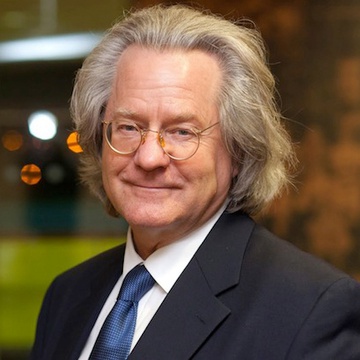 Congratulations to Carolyn Tan who last week submitted her Doctor of Theology thesis for examination. Carolyn has been working consistently and diligently for about six years to bring this work to completion. Her thesis asked the deceptively simple question, “What was the Holy Spirit doing at the Cross?” It is an excellent thesis and I hope that it will be well-received by the three examiners. Here is Carolyn’s abstract:
Congratulations to Carolyn Tan who last week submitted her Doctor of Theology thesis for examination. Carolyn has been working consistently and diligently for about six years to bring this work to completion. Her thesis asked the deceptively simple question, “What was the Holy Spirit doing at the Cross?” It is an excellent thesis and I hope that it will be well-received by the three examiners. Here is Carolyn’s abstract:
Exploring a cruciform pneumatology
The subject of the gospel of divine-human reconciliation in Jesus Christ is the triune God, and at the centre of this reconciliation is the cross. The Father gives us his Son; the Son is our high priestly sacrifice; what then of the Spirit? Does the Holy Spirit’s work pause between Gethsemane and the resurrection? What does the phrase διὰ τοῦ πνεύματος αἰωνίου (‘through eternal Spirit’) in Hebrews 9:14 mean? This study critically examines the theological perspectives of John Vernon Taylor, Jürgen Moltmann and John D. Zizioulas, from whom three views of a pneumatologia crucis are discerned. First, the Spirit is the ‘bond of love’ between the Father and the Son at the cross, uniting them in the moment of their greatest ‘separation’. Second, the Spirit is the Son’s co-worker, enabler and power throughout the passion. Third, the Spirit unifies humanity to the Son, so that humanity dies, is buried, and rises with Christ. On their own, each perspective has strengths and weaknesses. In particular, the view that the Spirit is the unitive agent within the godhead is problematic because it lacks a strong biblical basis. Karl Barth, who does not directly address the role of the Spirit at the cross, nevertheless provides the intriguing concept of the Spirit as divine Judge (along with the Father and the Son) and specifically the one who carries out God’s full judgement in Jesus Christ, the Elect. Integrating these theological perspectives with an in-depth examination of the manuscript, exegetical and hermeneutical history of Hebrews 9:14, this study proposes that Christ is the pneumatic crucible of the Father – the Spirit empowers the Son and unites humanity to Christ; in Christ, the Spirit executes God’s judgement on humanity; in Christ, sinful humanity dies and new humanity is re-born in the Spirit to become children of God.










